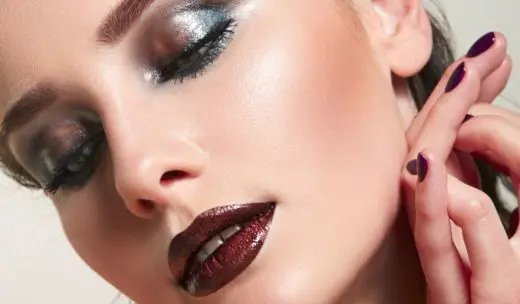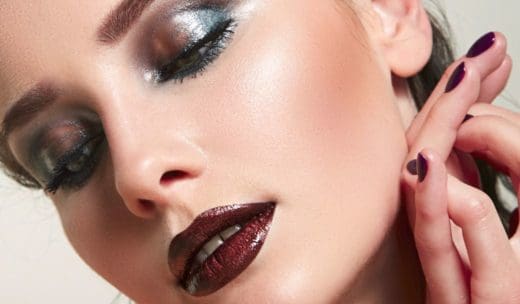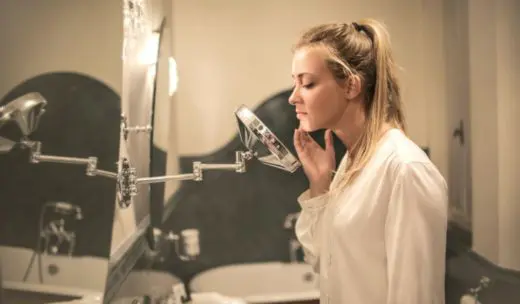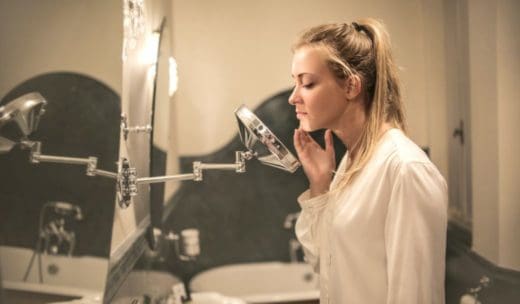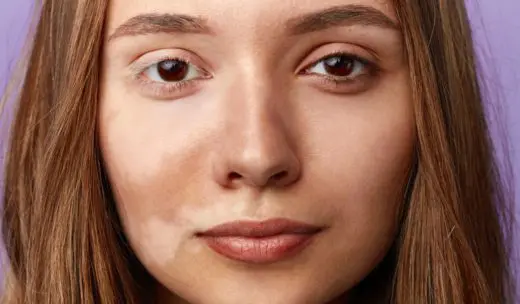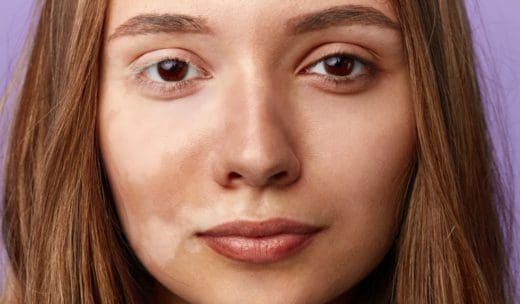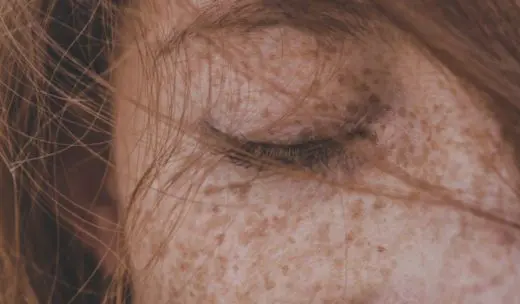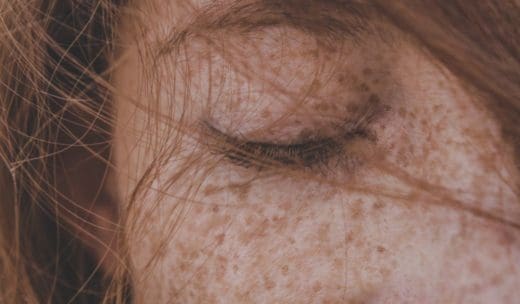Facial redness can be due to a number of factors. In many cases, visible blood vessels close to the surface of the skin are the cause. This often happens as the skin becomes thinner, or prolonged inflammation weakens the wall of the blood vessel, and it bursts. A new vein will then form close to the surface, which may be thin and strand-like in appearance (known as a spider vein), and red / purple in colour. When thinning skin is a consideration for facial redness, the ageing process is one of the most common causes as collagen is lost and the internal structure becomes less supported.
Facial redness can give the overall appearance a ‘flushed’ look, and the complexion may also feel sensitive or can be warm to the touch. As well as being potentially uncomfortable, facial redness can also be accompanied by itching, burning and small, pus-filled spots (pustules). These symptoms are also characteristic of a condition known as rosacea; a long-term concern that has no obvious cause, with flare-ups seeming to have a certain ‘trigger’ (stress, alcohol, sun exposure, hot drinks, exercise or spicy food). Although there is no known cure for rosacea, experts would recommend avoiding your known trigger to ease the symptoms or reduce the likelihood of a flare-up.
The One Clinic has a range of treatments that can improve the quality and condition of the skin, as well as helping to increase the production of collagen and slow down the process of ageing. Our expert clinicians can identify the possible causes for your facial redness / rosacea, and provide a suitable recommendation to help with the concern.
To find out more about treatments for facial redness and rosacea, contact The One Clinic today!





